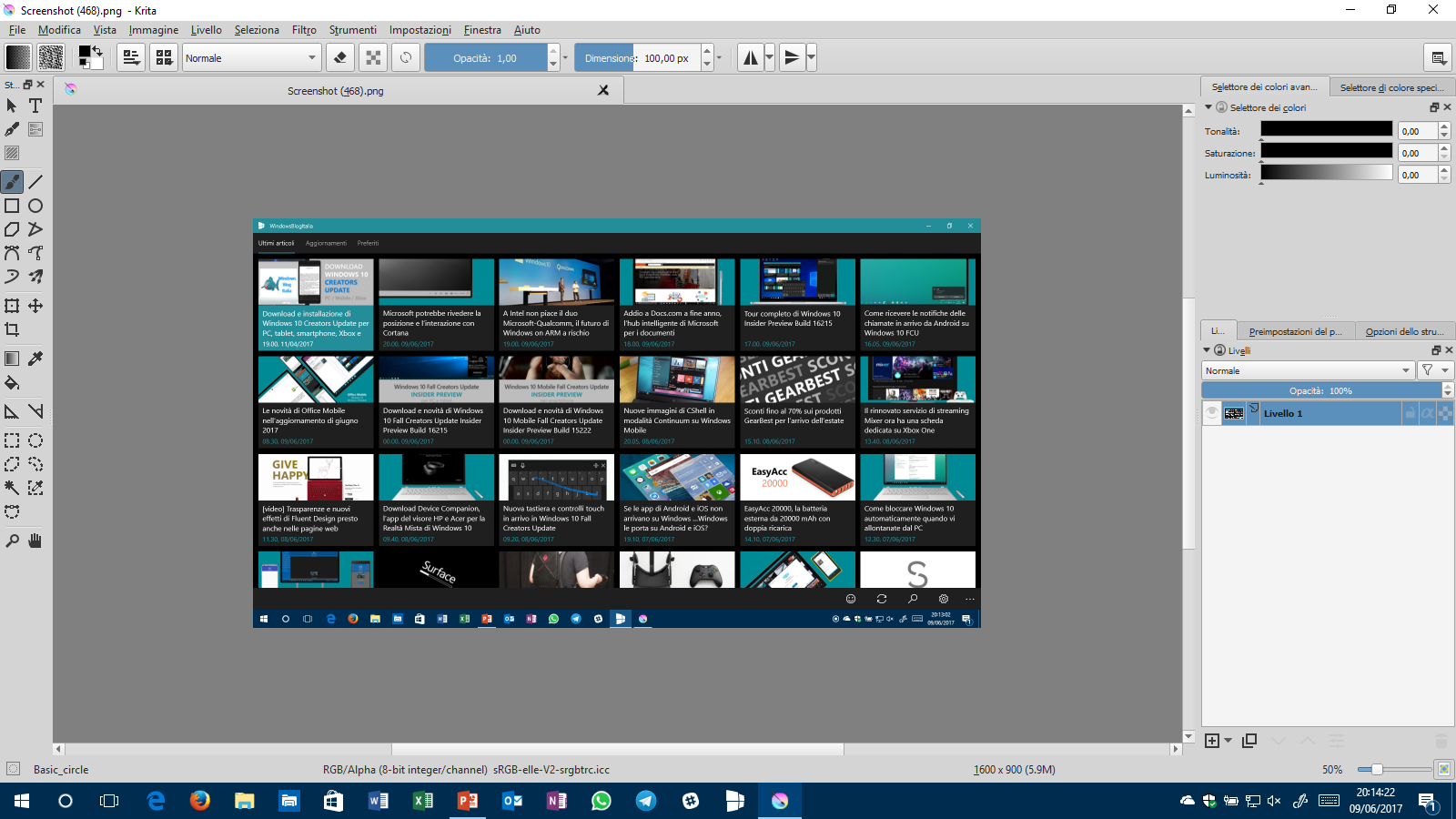

Supported instruction sets: avx512bw avx512dq avx512cd avx512f fma3+avx2 avx2 fma3+avx avx fma4 fma3+sse4.2 sse4.2 sse4.1 ssse3 sse3 sse2Ĭurrent Swap Location: /data/data/org. Swap Location: /data/data/org.krita/cache UseBufferInvalidation (config option): false “GL_EXT_compressed_ETC1_RGB8_sub_texture” “GL_OES_texture_storage_multisample_2d_array” “GL_KHR_texture_compression_astc_sliced_3d”

“GL_OES_shader_multisample_interpolation”

So I guess it depends on the graphics card in your computer which works best. Switching to OpenGL made a world of difference. Requested format: QSurfaceFormat(version 2.0, options QFlags QSurfaceFormat::FormatOption(), depthBufferSize 24, redBufferSize 8, greenBufferSize 8, blueBufferSize 8, alphaBufferSize 8, stencilBufferSize 8, samples -1, swapBehavior QSurfaceFormat::DoubleBuffer, swapInterval 0, colorSpace QSurfaceFormat::DefaultColorSpace, profile QSurfaceFormat::NoProfile)Ĭurrent format: QSurfaceFormat(version 3.1, options QFlags QSurfaceFormat::FormatOption(), depthBufferSize 24, redBufferSize 8, greenBufferSize 8, blueBufferSize 8, alphaBufferSize 8, stencilBufferSize 8, samples 0, swapBehavior QSurfaceFormat::DefaultSwapBehavior, swapInterval 0, colorSpace QSurfaceFormat::DefaultColorSpace, profile QSurfaceFormat::NoProfile) Krita installed using 'Direct 3D 11 via Angle' for the Display setting, and was unusably laggy. Shading language: “OpenGL ES GLSL ES 3.10” Renderer: “virgl (Mesa Intel(R) Xe Graphics (TGL GT2))”


 0 kommentar(er)
0 kommentar(er)
